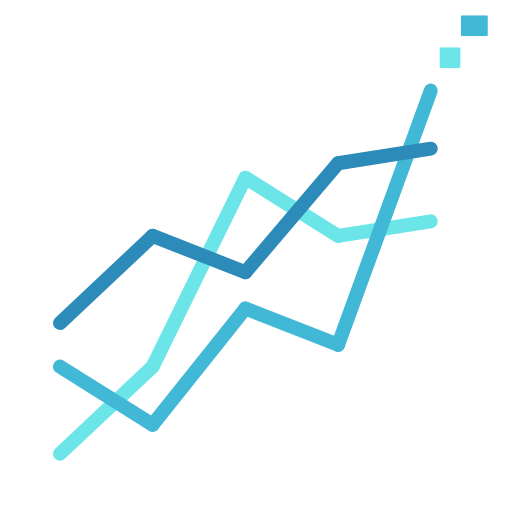How do you backtest a Forex strategy?
Backtest a Forex Strategy: A Comprehensive Guide
Backtesting a Forex strategy is an essential component of Forex trading, especially for traders who want to mitigate risk and improve their strategies. This process involves testing an investment strategy on previous time periods to analyze how it would have performed. This is a guide aimed at helping both beginning and advanced Forex traders understand how to backtest a Forex strategy.
Understand Your Forex Trading Strategy
The first step in backtesting a Forex strategy is understanding the trading plan you want to test. This could entail rules for entries and exits, stop-loss and take-profit levels, and risk-reward ratios. Ensure you understand these rules and parameters so you can accurately input them into your backtesting software.
Selecting the Right Forex Backtesting Software
There are a plethora of backtesting software options available. These range from high-end professional systems to free trading platforms like MetaTrader. When selecting a backtesting tool, consider the required processing power, available data, user interface, and pricing structure.
MetaTrader 4 or 5 are popular choices for Forex traders due to their user-friendly interface and extensive historical data. However, you can also use other systems like TradeStation, NinjaTrader, or ProfitPy.
Gather and Import Historical Data
Once you’ve chosen your preferred backtesting software, the next step involves gathering and importing historical Forex market data. The quality of your data is crucial, as it can significantly affect the reliability of your backtest results.
Most backtesting software allow traders to use pre-existing data from the last few years. Alternatively, for more precise and long-term backtesting, consider sourcing premium historical data from reliable providers like TickData or QuantData.
Set Up Your Forex Trading Strategy Parameters
Before running the backtest, input the parameters for your strategy. This includes factors such as the currency pair you’re testing, the time frame, initial deposit, leverage, and lot size.
Next, specify your entry and exit rules, as well as risk management parameters such as stop-loss and take-profit levels and risk-reward ratios. Ensure that these rules are as precise as possible to achieve the most accurate results.
Run the Backtest
Once everything is set, initiate the backtest. The software will start to simulate trades based on your strategy rules and historical data.
Review and Analyze the Results
After the backtest is complete, review and analyze the results. Pay attention to key metrics like total profit or loss, the percentage of winning trades, drawdown, reward/risk ratio, and trading expectancy.
Use these metrics to refine your strategy. For example, if your backtest shows a high drawdown, it may indicate that your stop loss is set too far or is absent. If your winning percentage is low but your profit factor is high, it may indicate a strategy that loses often but wins big when it wins.
Summing Up
Backtesting is an integral part of Forex trading. It allows traders to understand how their strategy would have performed in the past and gives them insights into potential improvements. Remember that although backtesting provides valuable insights, it can’t predict future performance with 100% certainty due to the dynamic nature of the market. However, it is an indispensable tool for traders who wish to optimize their strategies and enhance their trading performance. To increase the effectiveness of backtesting, regularly review and update the trading strategy based on the latest market conditions and backtest results.

